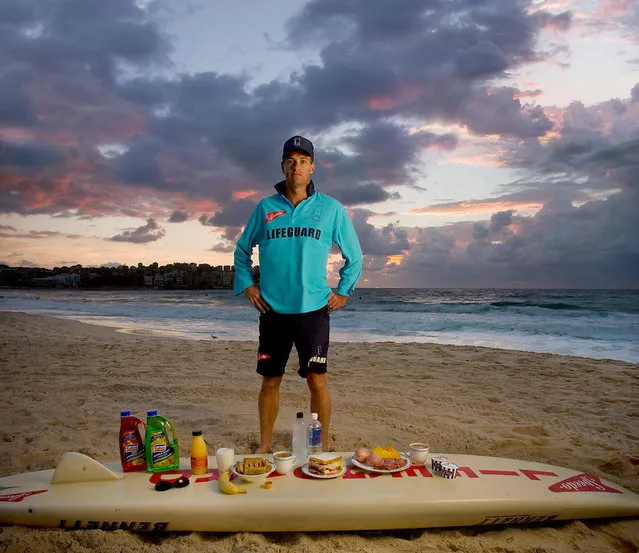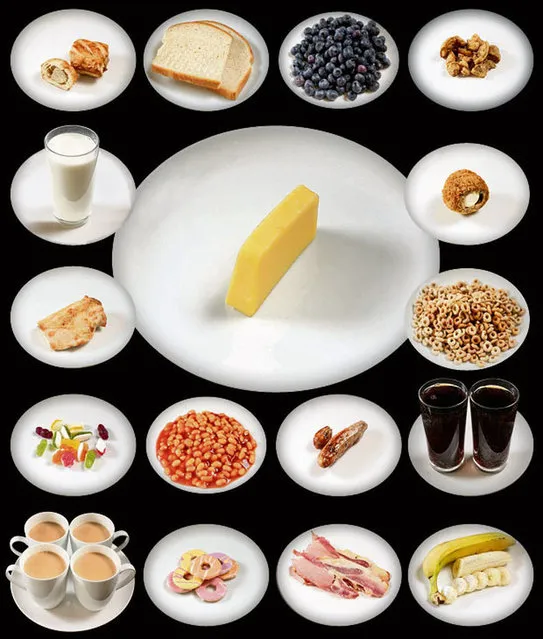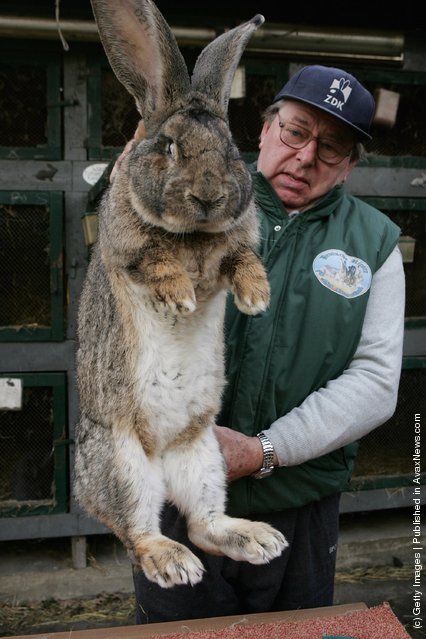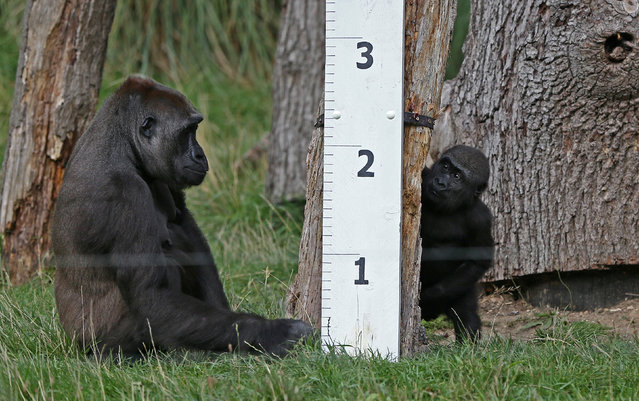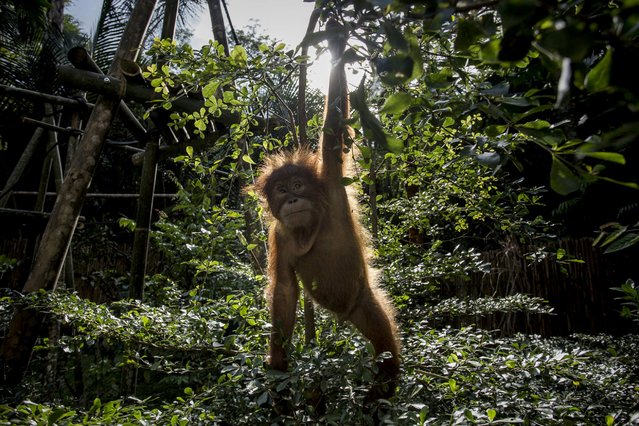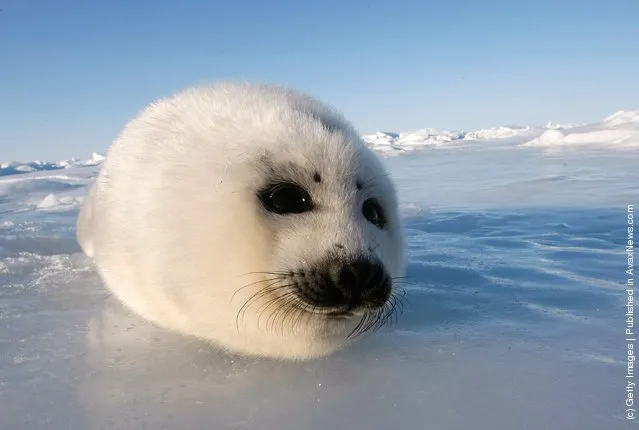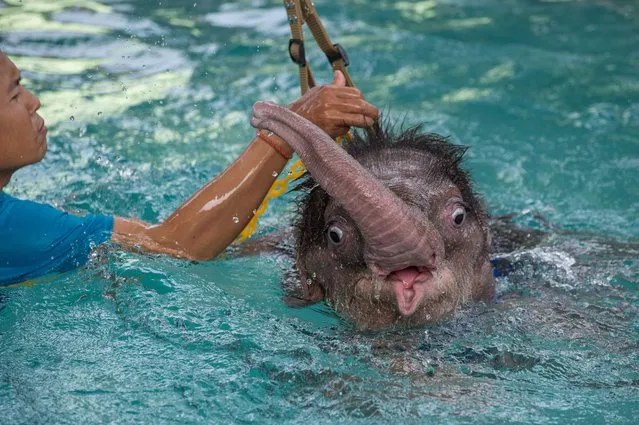
Six month- old baby elephant “Clear Sky” is kept afloat with the help of a harness during a hydrotherapy session at a local veterinary clinic in Chonburi Province on January 5, 2017. After losing part of her left foot in a snare in Thailand, baby elephant 'Clear Sky' is now learning to walk again – in water. (Photo by Roberto Schmidt/AFP Photo)
06 Jan 2017 14:06:00,post received
0 comments


